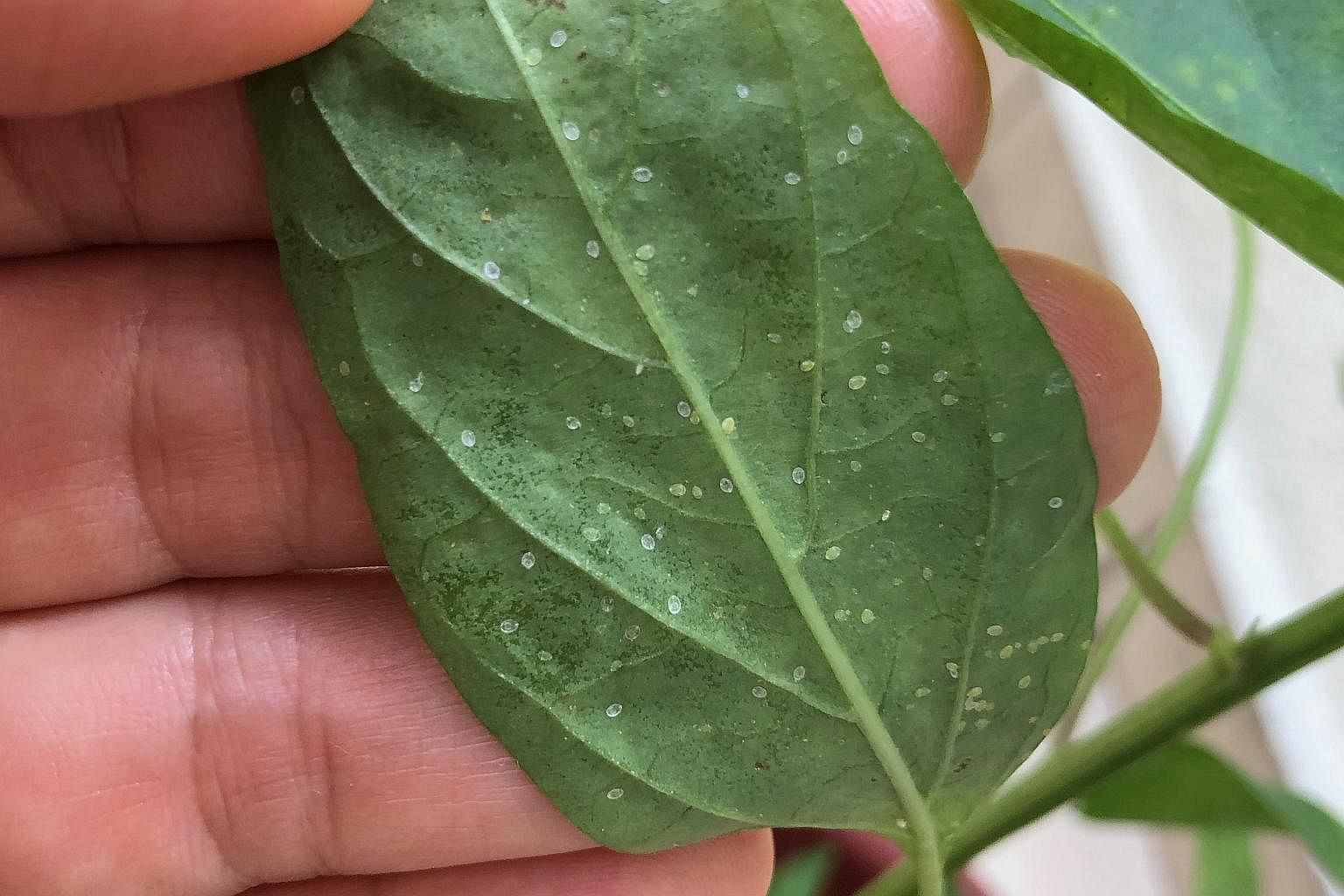Protect petunias from rain and prune them to keep them bushy
My three pots of petunia were blooming when I bought them from the nursery. They got leggy and I pruned them. They are hanging in an open garden and get morning sun from 9 to noon. But I cannot get them to bloom lushly again. I tried to nip the dead buds off, but there are too many. With the rainy season, the pots are heavily drenched. Is it true that watering must be done at the roots? How can I get my plants to bloom and are the growing conditions right? Also, I do not have seeds for future propagation.
Tanny Tait
Deadheading, which involves the removal of faded flowers, is a necessary step in growing petunias. This is to encourage the production of new blooms. You will probably need to prune the branches back periodically to encourage bushy growth and to remove lanky stems.
Eventually, existing plants will become old and lose their vigour and it is a good practice to then start new plants with stem-cuttings.
Petunias do not like their roots to be constantly wet. A wet rootzone flushes out nutrients and prevent their uptake. This may explain why your plants appear yellow and sickly.
Heavy rain also damages the plants and leads to disease. It is best to grow these plants under a clear shelter where they can get sunlight yet keep out the rain.
Dwarf voodoo lily occurs as a weed in Singapore

Is this plant a relative of the calla lily? I discovered it recently on shaded grass patches in Toa Payoh. How does it propagate and is it safe to grow in a garden?
L.C. Wong
The plant is botanically known as Typhonium roxburghii and is commonly known as the Dwarf Voodoo Lily. Botanically, it belongs to the Arum family (Araceae), the same plant family as the calla lily.
The Dwarf Voodoo Lily is a small, herbaceous plant that is found in many areas as a weed, including in flower pots and outdoor gardens.
Pets and young children should stay clear of the plant to prevent accidental ingestion. Plants from the aroid family have calcium oxalate that may be harmful.
Chilli may be infested with whiteflies

My chilli plant grown from fresh chilli padi seeds developed white spots on the underside of its leaves and has shrivelled leaves at the top. What is wrong and how do I help it become healthy?
Mae Quah
Your chilli plant appears to be infested by whiteflies, which is a common sap-sucking pest.
As you are growing an edible plant, you may want to use less toxic pesticides such as pyrethrins, matrine, neem oil and summer oil to spray on the plant to manage the infestation. Follow the dosage indicated on the label and spray during the later and cooler part of the day. Adhere to the withholding period before harvesting fruit for consumption.
Good pesticide coverage of the plant as well as repeated applications are often required. Rotating among different pesticides is also necessary to reduce the resistance build-up of the pests.
Bitter leaf is a medicinal shrub

Which plant do these leaves come from? Is the plant edible or does it have medicinal benefits?
Kok Sau Ting
The plant appears to be Gymnanthemum amygdalinum, commonly known as Bitter Leaf or "South African Leaf" in Singapore.
It grows as a large shrub and propagates easily from stem- cuttings. It is eaten as a leafy vegetable. Wash it repeatedly to reduce the bitterness.
The leaves are best known for their folkloric medicinal use to treat hypertension and diabetes.
Tomato plant may have broad mites

I am growing tomato plants in the ground. I do not know the type of tomato as this was not written on the packet. Most of the plants are flourishing, flowering and fruiting, but some are shrivelling at the top. Could this be a generic problem or could it be a pest affecting only a few plants? Should I remove the affected plants or treat them?
Nola Lee
The deformation of leaves in your tomato plant may mean that it is infested with broad mites. Infested leaves become brittle, the growing point is damaged and the growth of the plant is halted.
Broad mites are a very common pest and are microscopic in size.
Organic methods of controlling them include the application of a sulphur soap solution (made by dissolving a sulphur bar soap in some hot water and topping up with tap water at room temperature), lime sulphur and matrine insecticide that are sold at selected nurseries and online shopping platforms.
Regular applications are needed to manage the pest population.
• Answers by Dr Wilson Wong, an NParks-certified practising horticulturist, parks manager and ISA-certified arborist. He is the founder of Green Culture Singapore and an adjunct assistant professor (Food Science & Technology) at the National University of Singapore.
• Have a gardening query? E-mail it with clear, high-resolution pictures of at least 1MB, if any, and your full name to stlife@sph.com.sg. We reserve the right to edit and reject questions.

